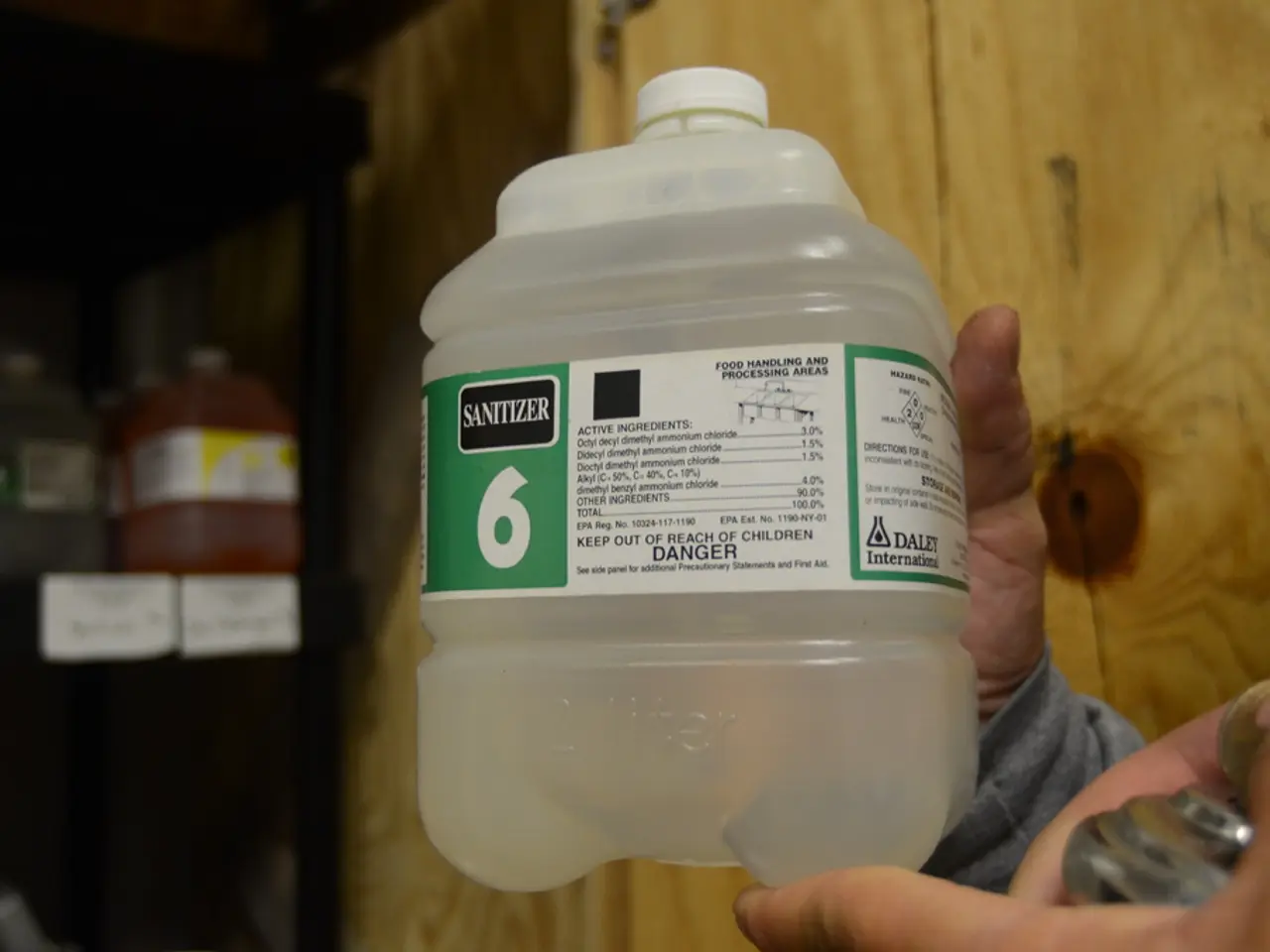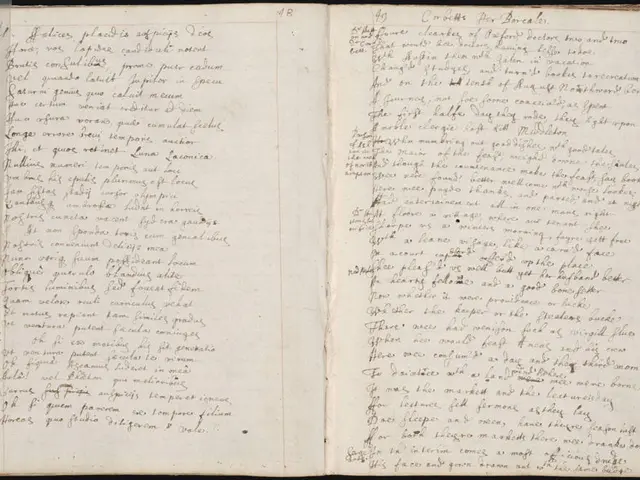Crafting Homemade Hand Sanitizer: Potential Hazards and Guidelines
During the COVID-19 pandemic, many people have been searching for ways to create their own hand sanitizer at home. However, it is essential to approach this task with caution, as there are no specific guidelines from health organizations like the CDC or WHO for making homemade hand sanitizers.
While it is possible to create an effective hand sanitizer at home, it is crucial to follow certain principles to ensure its safety and efficacy.
## Key Components of Effective Hand Sanitizers
The most commonly recommended active ingredient for hand sanitizer is ethanol or isopropanol (isopropyl alcohol), with a concentration of at least 60% to be effective against viruses and bacteria, including COVID-19. Additionally, adding a small amount of glycerin can help to moisturize the skin and prevent drying out. Other ingredients such as aloe vera or other moisturizers are not necessary for effectiveness.
## Basic Homemade Recipe
A simple homemade hand sanitizer recipe includes: - Ethanol or Isopropanol: 60% or higher concentration - Glycerin: About 1% concentration - Distilled Water: Fill the rest of the volume to achieve the desired consistency
To prepare the hand sanitizer, mix the alcohol and glycerin in a bowl, add distilled water to achieve the desired consistency, stir well to combine, and transfer the mixture to a clean, airtight container.
## Important Notes
It is crucial to remember that homemade hand sanitizers may not be as effective as commercial ones due to lack of consistent quality control. They should be used only when commercial products are not available. The best practice for preventing the spread of COVID-19 remains washing hands thoroughly with soap and water when possible.
For non-toxic alternatives, searching for certified products or consulting trusted health guides can provide safer options when making homemade versions is not feasible. It is also important to avoid using other types of alcohol or substitutes that may not be safe for skin use.
The U.S. Food and Drug Administration (FDA) has issued guidelines for pharmacies to make alcohol-based hand sanitizers during the public health emergency. However, it is important to note that the FDA has only permitted pharmacies with appropriate resources to prepare hand sanitizers.
The Environmental Protection Agency (EPA) has released a list of surface disinfectant products recommended for use against SARS-CoV-2, but bleach-based hand sanitizers are not recommended for repeated use due to potential skin damage.
In conclusion, while it is possible to make a homemade hand sanitizer, it is crucial to follow guidelines to ensure its safety and efficacy. It is always recommended to prioritize washing hands with soap and water when possible, and to use hand sanitizers appropriately, follow product instructions, and respect the contact time for effectiveness. Homemade hand sanitizers should be avoided due to potential ineffectiveness and potential harm to the skin and health.
- In light of the COVID-19 pandemic, many shoppers have been interested in creating their own home-made hand sanitizers.
- As the CDC and WHO have not provided guidelines for making homemade hand sanitizers, caution is essential when attempting this task.
- Ethanol or isopropanol (isopropyl alcohol) is the primary component recommended for hand sanitizers, with a minimum concentration of 60% for effectiveness against viruses and bacteria.
- During the pandemic, glycerin can be added to homemade hand sanitizers to help moisturize the skin and prevent drying out.
- For a simple homemade hand sanitizer, one needs ethanol or isopropanol (60% or higher), glycerin (about 1%), and distilled water to fill the rest of the volume.
- To build the hand sanitizer, mix the alcohol and glycerin, add water to achieve the desired consistency, stir well, and transfer the mixture into a clean, airtight container.
- Keep in mind that homemade hand sanitizers may not be as effective as store-bought ones due to lack of consistent quality control, and they should only be used when commercial products are not available.
- Washing hands thoroughly with soap and water is still the most effective practice for preventing the spread of COVID-19.
- Looking for certified products or consulting trusted health guides is advisable when making homemade hand sanitizers is not advisable or feasible.
- During the pandemic, the FDA has provided guidelines for pharmacies to prepare alcohol-based hand sanitizers, but these should be made by appropriately resourced pharmacies only.




